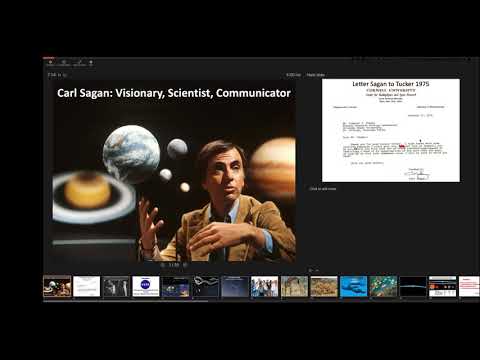Description:
Explore the legacy of Carl Sagan and his impact on planetary and Earth science in this 59-minute AGU Sagan Lecture by Compton J. Tucker, a Senior Earth Scientist at NASA Goddard Space Flight Center. Delve into Sagan's vision of planetary exploration, focusing on the living Earth and its relevance to current research directions. Discover how NASA's space science missions have contributed to our understanding of the universe, from the Voyager missions to the concept of the "Pale Blue Dot." Examine key pillars of Earth science, including the Earth's atmosphere, magnetic field, and surface temperature. Investigate critical environmental issues such as carbon dioxide levels, sea level rise, and climate change through data from various NASA missions and experiments. Learn about major scientific accomplishments, including the Hubble Space Telescope and ocean measurements using the Argo float flotilla. Gain insights into potential future directions in planetary and Earth science, including geoengineering considerations.
Read more

Carl Sagan Lecture Series - Introduction to Planetary and Earth Science
Add to list
#Science
#Earth Science
#Environmental Science
#Climate Change
#Oceanography
#Engineering
#GIS
#Remote Sensing
#Biology
#Astrobiology
#Astronomy
#Planetary Science
#Geoengineering